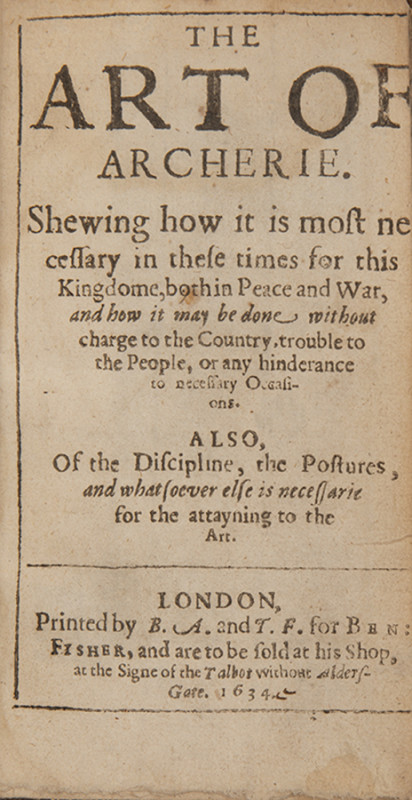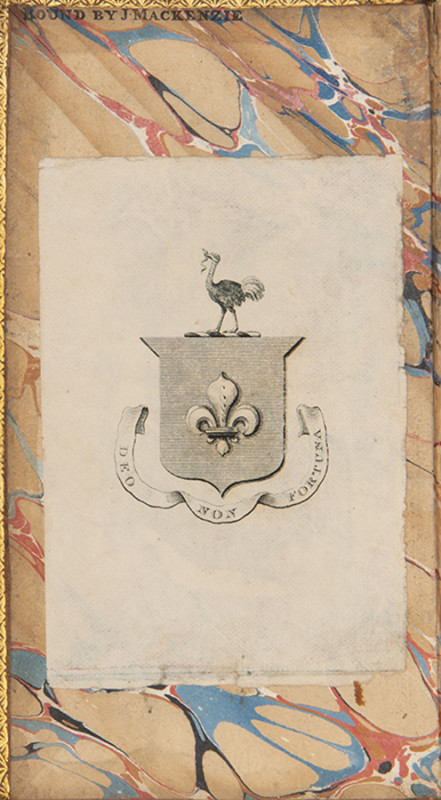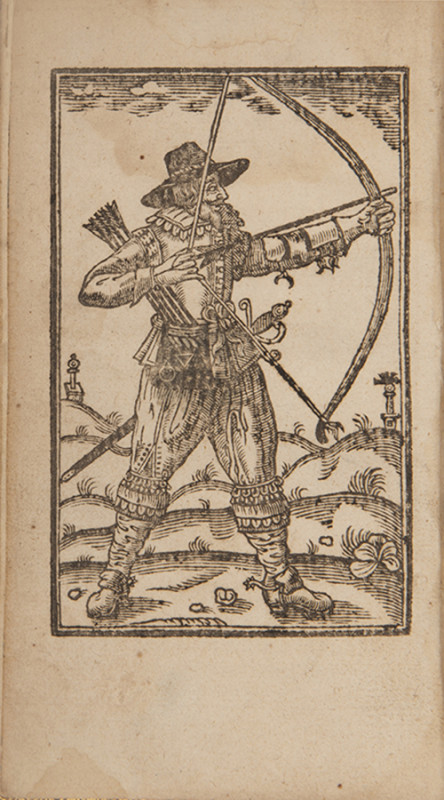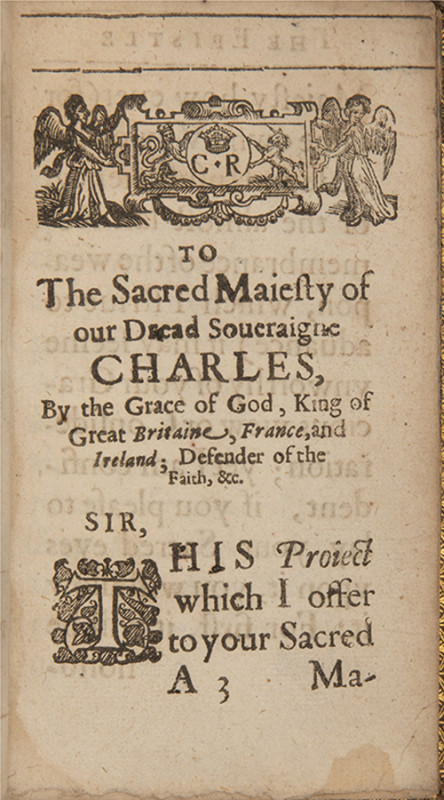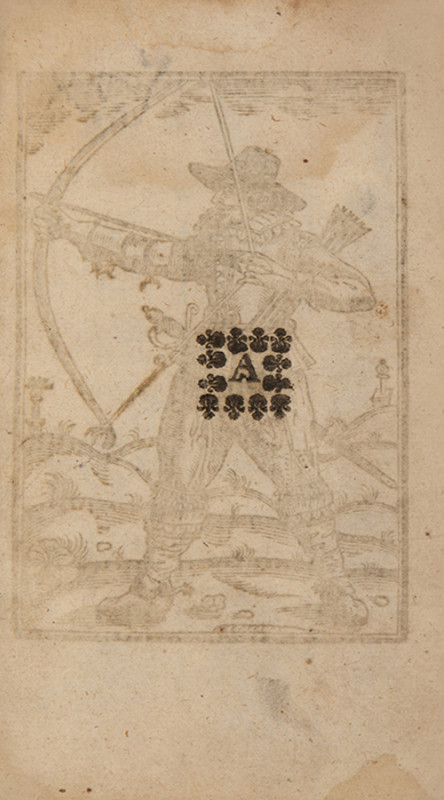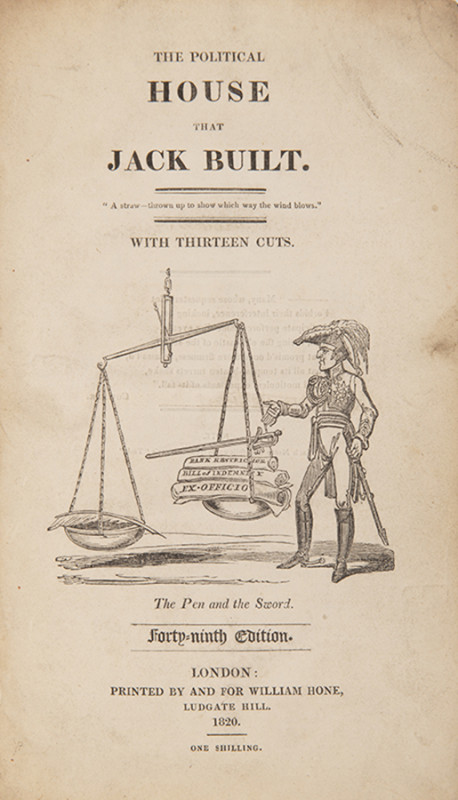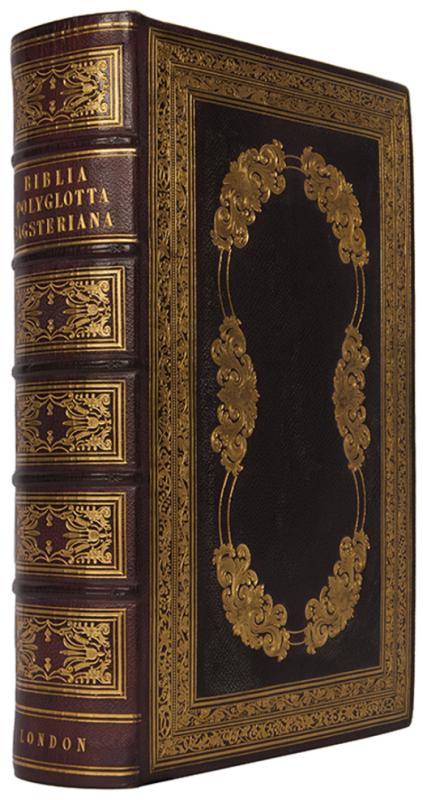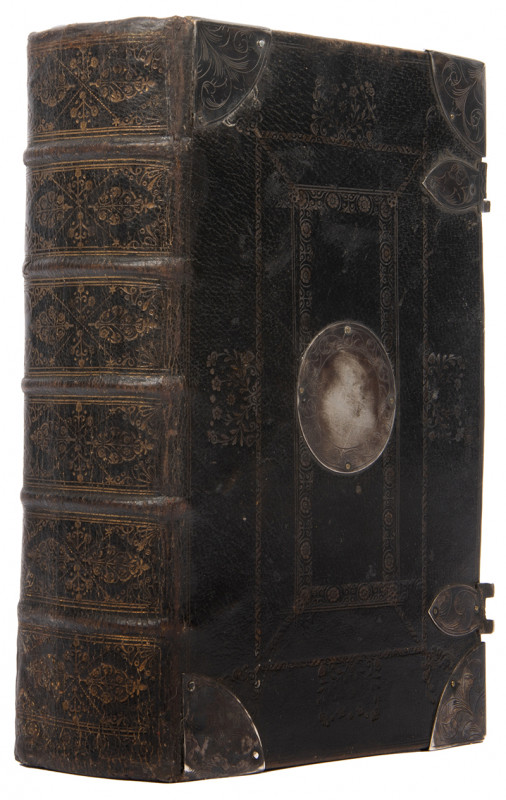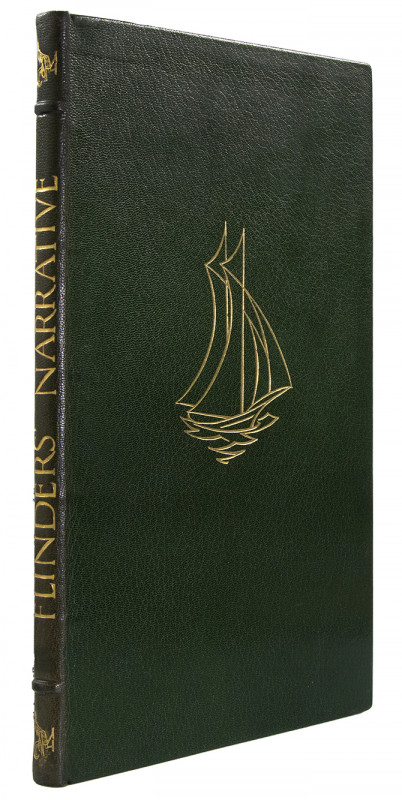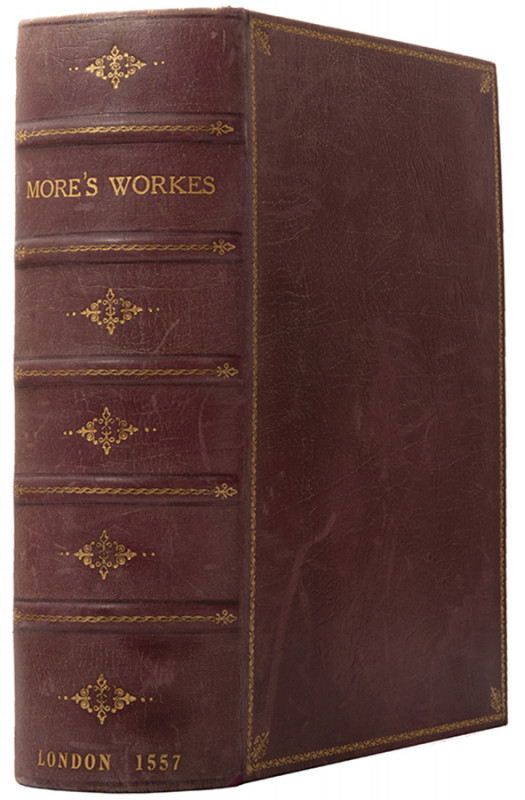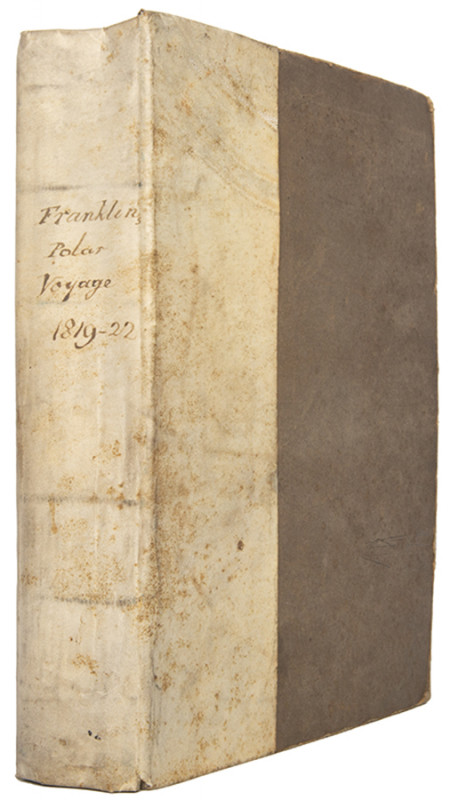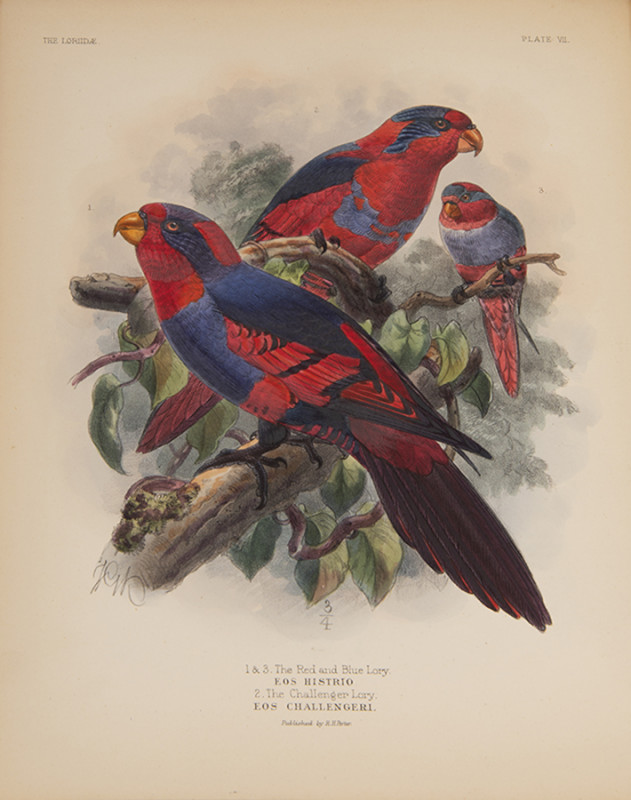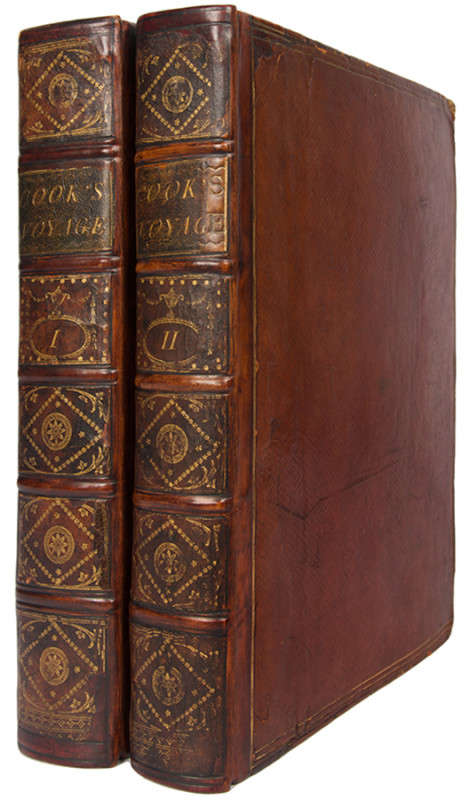The Art of Archerie. Shewing how it is most necessary in these times for this Kingdome, both in Peace and War... Also, Of the Discipline, the Postures, and whatsoever else is necessarie for the attayning to the Art.
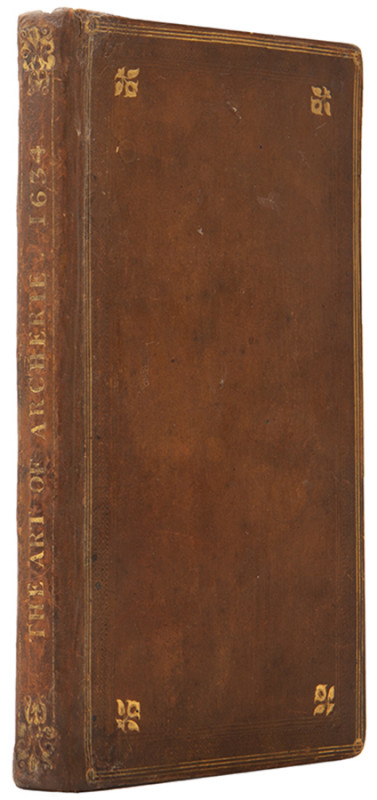






Book Description
First edition; small 8vo (145 x 85 mm); armorial bookplate & binder’s stamp to front pastedown, woodcut frontispiece with printer’s device to recto, woodcut headpieces and initials, text continuous despite irregular pagination; 19th-century calf by J. Mackenzie, ruled in gilt and blind, gilt spine, joints and spine ends restored, marbled edges, fore-edge shaved close to text with occasional loss to marginalia and pagination, old worming to fore-edge margin I-I5 with minor loss of text on two leaves, otherwise internally very good, a handsome copy; [24], 112, 117-172pp.
Dealer Notes
‘I have... shewed how the Bow and Arrow may againe profitably bee employed, and Revived, without offence or Scandall’ (dedication to the ‘Worshipfull Companies and Societies of Bowyers and Fletchers’).
The first edition of Gervase Markham’s (d.1637) scarce treatise on The Art of Archerie, defending England’s traditional pastime and system of self-defence amidst the rise of gunpowder weaponry. The latter had occasioned a decline in archery standards, which the Privy Council blamed in 1577 on people 'imagining it to be of no use for service as they see the caliver [arquebus] so much embraced at present’. By the end of the century the bow had almost completely disappeared from military life.
Markham’s treatise is thus something of a retrospective, recalling the glories of a previous age: ‘what Battayle have wee ever fought eyther at home or abroad and tryumphed, but the Bow (next unto God) hath carryed the honor, witnesse the famous Battaile of Cressie against Philip the French King, where (as our Adversaries themselves doe confesse) was slain all the Nobility of France, onely by the English Archers’ (p.15).
Produced towards the end of his life, Markham had retreated to the countryside following the failed rebellion of his erstwhile sponsor the Earl of Essex in 1601. His many works on husbandry and rural sports are informed by a practical knowledge of the outdoors and life as a tenant farmer in Huntingtonshire. ‘For the social historian, or the re-enactor, Gervase Markham's numerous works are indispensable guides to the practicalities of Renaissance life’ (ODNB).
One of Markham’s scarcest titles. ESTC records only 6 copies in institutional collections in the British Isles.
The first edition of Gervase Markham’s (d.1637) scarce treatise on The Art of Archerie, defending England’s traditional pastime and system of self-defence amidst the rise of gunpowder weaponry. The latter had occasioned a decline in archery standards, which the Privy Council blamed in 1577 on people 'imagining it to be of no use for service as they see the caliver [arquebus] so much embraced at present’. By the end of the century the bow had almost completely disappeared from military life.
Markham’s treatise is thus something of a retrospective, recalling the glories of a previous age: ‘what Battayle have wee ever fought eyther at home or abroad and tryumphed, but the Bow (next unto God) hath carryed the honor, witnesse the famous Battaile of Cressie against Philip the French King, where (as our Adversaries themselves doe confesse) was slain all the Nobility of France, onely by the English Archers’ (p.15).
Produced towards the end of his life, Markham had retreated to the countryside following the failed rebellion of his erstwhile sponsor the Earl of Essex in 1601. His many works on husbandry and rural sports are informed by a practical knowledge of the outdoors and life as a tenant farmer in Huntingtonshire. ‘For the social historian, or the re-enactor, Gervase Markham's numerous works are indispensable guides to the practicalities of Renaissance life’ (ODNB).
One of Markham’s scarcest titles. ESTC records only 6 copies in institutional collections in the British Isles.
Author
MARKHAM, Gervase.
Date
1634.
Binding
19-th century calf by J. Mackenzie
Publisher
Printed by B[ernard] A[slop] and T[homas] F[awcett] for Ben: Fisher, London,
Pages
[24], 112, 117-172pp
Friends of the PBFA
For £10 get free entry to our fairs, updates from the PBFA and more.
Please email info@pbfa.org for more information
